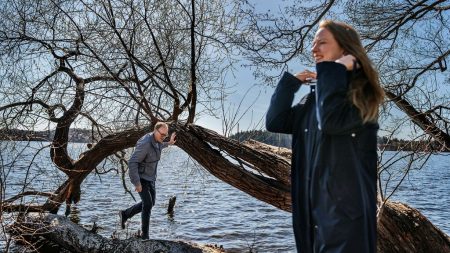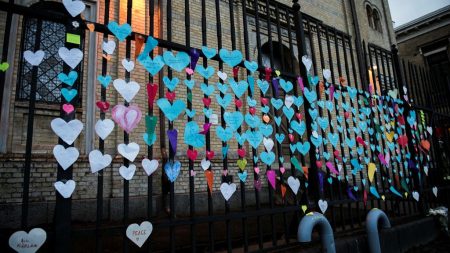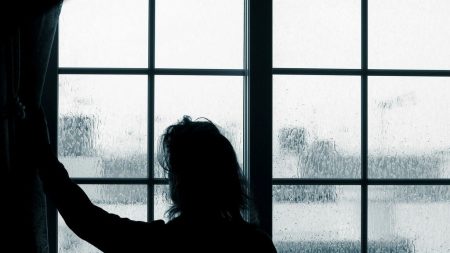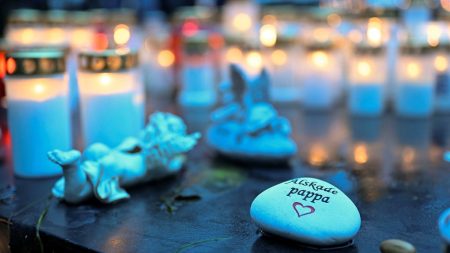The pervasive darkness of winter, enveloping the daily commute and lingering even behind closed eyelids, can disrupt our natural rhythms and leave us feeling perpetually tired. Our bodies are governed by the interplay of light and dark, with darkness triggering the production of melatonin, the sleep hormone. This increased melatonin can lead to a heightened sense of fatigue, particularly during the short days of November, a month often associated with a struggle against the ”eternal darkness.”
However, succumbing to this seasonal lethargy isn’t inevitable. Experts like Maria Nordin, a sleep researcher at Umeå University, emphasize the importance of maintaining consistent sleep-wake cycles. While the temptation to sleep more during winter is understandable, it’s not necessary. Our bodies complete their essential nighttime processes within the typical six to nine hours of sleep, making extended slumber redundant. Instead, focusing on a regular bedtime and wake-up time, regardless of the season, can help regulate our internal clocks and combat winter tiredness.
Beyond sleep hygiene, embracing physical activity, particularly outdoors, is a powerful antidote to the winter blues. Jimmy Ingemansson, a doctoral student at Luleå University of Technology and a long-time advocate for health and fitness, champions the benefits of outdoor exercise. The brief periods of daylight, even during the darkest months, offer valuable opportunities to recharge our internal batteries. Activities like skiing, kayaking, and even brisk walks or bike rides, expose us to natural light and boost our overall well-being. These ”active transports,” as Ingemansson calls them, conveniently integrate exercise into daily routines, providing a dose of fresh air and daylight even for those living in urban environments.
For those fortunate enough to live near natural landscapes, the winter world presents a unique and invigorating playground. The reflective quality of fresh snow amplifies the meager daylight, creating a surprisingly bright environment even during the early morning hours. Immersing oneself in these natural settings, whether through skiing in freshly fallen snow or skating on frozen lakes, provides a powerful connection to the season and a welcome escape from the confines of indoor living. The combination of physical exertion and exposure to natural light can significantly elevate mood and energy levels, counteracting the effects of winter darkness.
Even in the absence of readily accessible natural spaces, simple strategies can maximize exposure to natural light. Opening curtains and blinds immediately upon waking allows the available daylight, however limited, to enter our living spaces and signal our brains to transition from sleep to wakefulness. For those who find the darkness particularly challenging, synthetic light can also offer a measure of relief. Bright indoor lighting or the use of a light therapy lamp can mimic the effects of daylight, helping to regulate circadian rhythms and improve alertness. While individual responses to light therapy vary, it’s a viable option worth exploring for those struggling with winter fatigue.
Navigating the dark months successfully requires a holistic approach encompassing both physical and mental well-being. Prioritizing healthy eating habits, maintaining regular sleep patterns, and maximizing exposure to natural or artificial light are crucial. Equally important is the practice of self-compassion. Recognizing the inherent challenges posed by the prolonged darkness and avoiding excessive self-pressure can contribute to a more positive experience of the season. Embracing the unique qualities of winter, fostering a sense of coziness, and anticipating the eventual return of longer days can help us not only survive but thrive during this period of diminished daylight.














